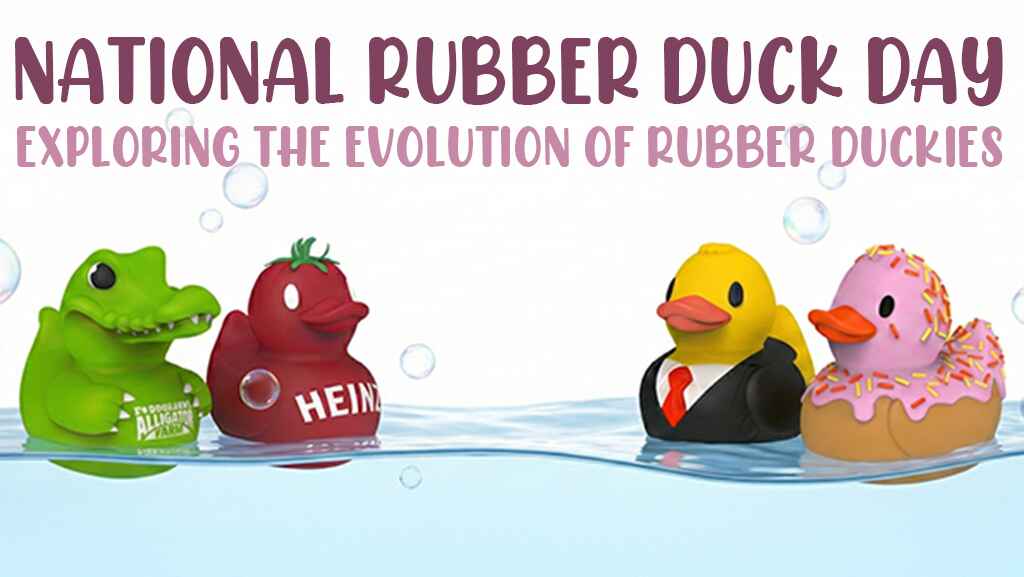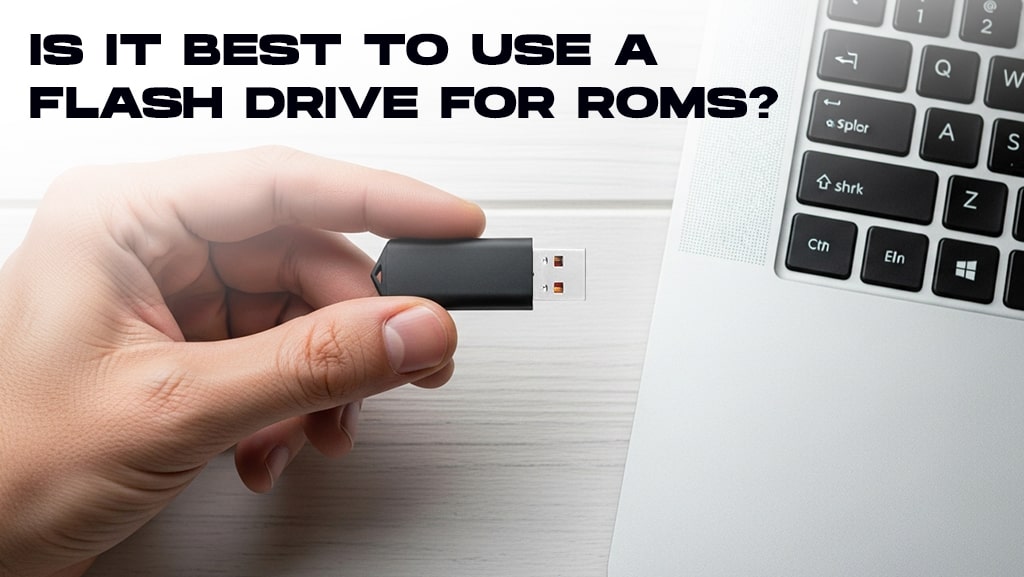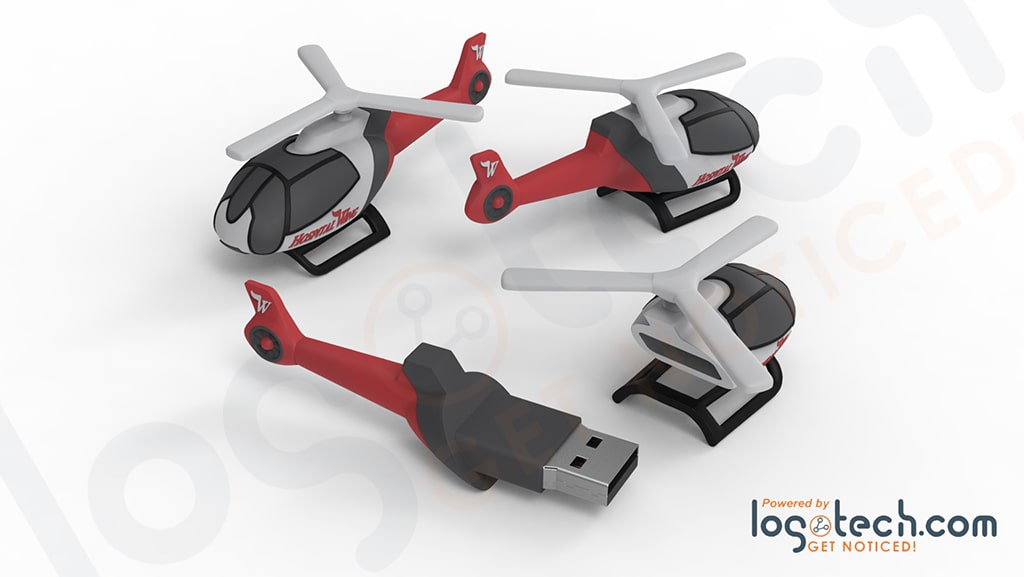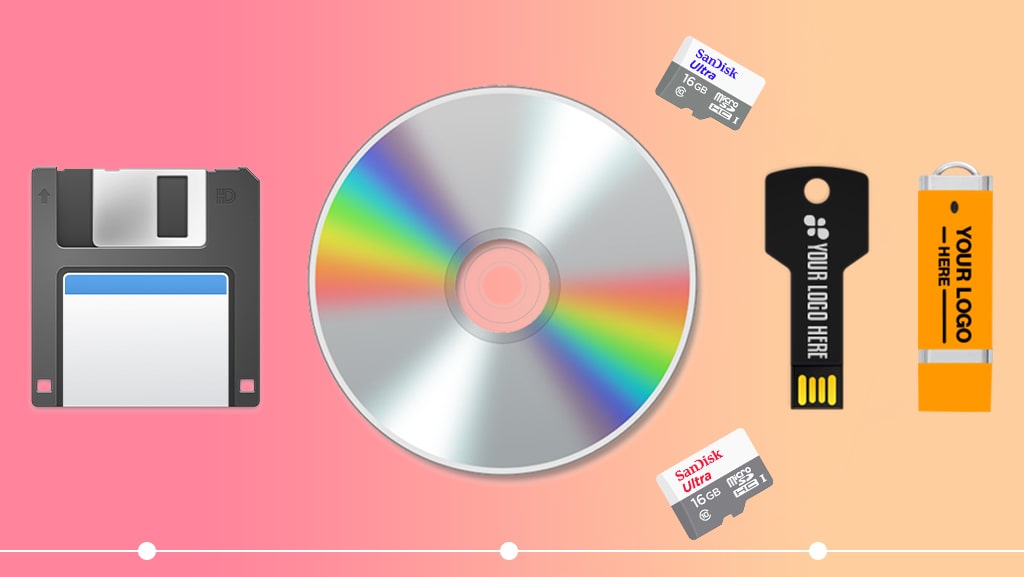
The Evolution in Memory Storage
We now essentially take it for granted that we can store and quickly access a countless number of movies, songs, documents and other pieces of information. Most of us probably remember a time when this was not so. I remember my happiness when we upgraded our first PC with a 1GB hard drive in the mid-90s. Not even 20 years later, there are hard drives that can hold up to 4TB, a 4000-fold increase. In this article we will try to take you through some milestones in the evolution of memory storage to make sense of this rapid technological change.
Floppy disks
Despite having more of a historical value today, the floppy disk revolutionized the way in which we transfer data when it first appeared in 1971. The name floppy was given due to the device's flexibility and portability. It was invented by a team of engineers at IBM, was 8-inches wide and could hold up to 100KB of data. Because of its large size, it was not fit for personal use and was soon replaced by the 5¼-inch floppy and later by the 3½-inch one, which could store up to 1.44MB. Because of the bulkiness of the early hard drives, a lot of PCs in the '80s did not have one and used a floppy disk to run their operational system.
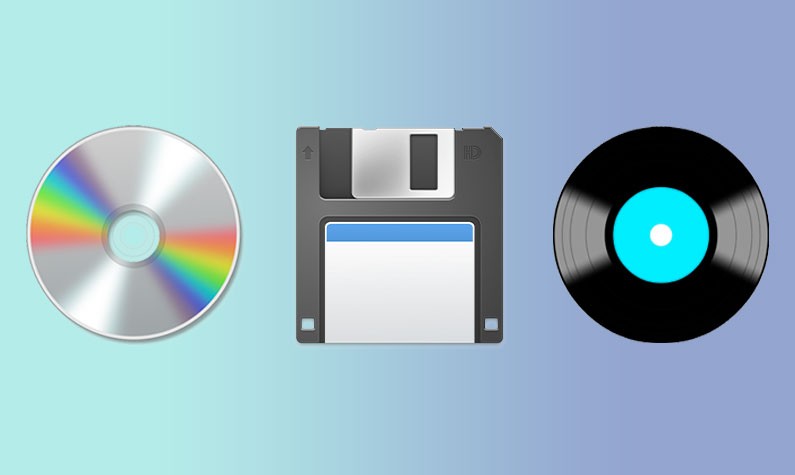
CDs and DVDs
The CD, made commercially available in 1982 by Sony and Philips, was initially invented as a way to replace gramophone records because of its smaller size and better sound quality. The CD-ROM and the CD-recordable, however, quickly made their way in the computer realm and managed to replace floppy disks as the primary source of transferring data. As a comparison, a 1.44MB floppy disk can hold 2 seconds of CD-quality audio. CDs, although still widely used, were in their turn replaced by the faster and more storage-capable DVDs.
USB drives
CDs and DVDs -- not too long ago considered the future in memory storage -- have been steadily declining in popularity over the past five years. The invention of the USB drive was one of the main culprits. They first came about in 2001 with a storage capacity of 8MB, but the technology quickly caught on and in the beginning of 2013, Kingston unveiled its new 1TB USB drive. USB drives offer a number of advantages over previous means of memory storage. They are smaller, lighter, faster and capable of much bigger storage capacities than before. And because USB drives don't have any moving parts and are typically secured in a plastic casing, malfunctions are much less frequents than with fragile CDs and DVDs. Nowadays promotional USB drives come in a variety of shapes. Logotech will create a custom USB for you as well.
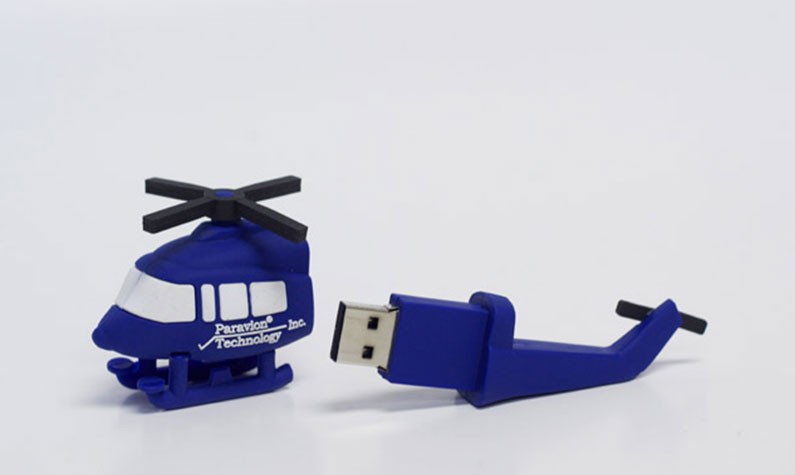
Where to now?
Since we have witnessed such a dramatic change in the evolution of memory storage, it is hardly surprising to anyone that newer, smaller and more efficient methods for data storages are constantly being developed. One of the most intriguing ones is called bioencryption. Bioencryption is a way of converting data into a DNA sequences and storing it inside colonies of the E. Coli bacteria - yes, the same one that is capable of causing some intestinal discomfort.
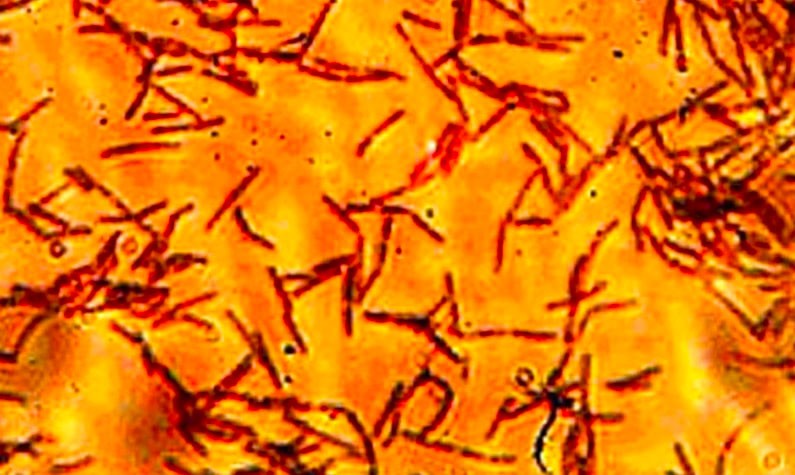
While not yet ready for mass consumption, this new technology holds some very promising prospects. Data has a virtually endless lifespan, since bacteria multiply constantly and reproduce tons of copies of the information. Bacteria do not need electricity and is thus not susceptible to electrical failure or intrusion by hackers. Most importantly, the storage capacity is truly amazing a single gram of the bacteria is said to hold up to 900 000 gigabytes of information. Oh, and don't worry, it's a non-pathogenic strand of the E. Coli.
Stay ahead of your need for memory storage by contacting Logotech. Our account managers will help you determine how much memory you need for your promotional USB flash drives.





